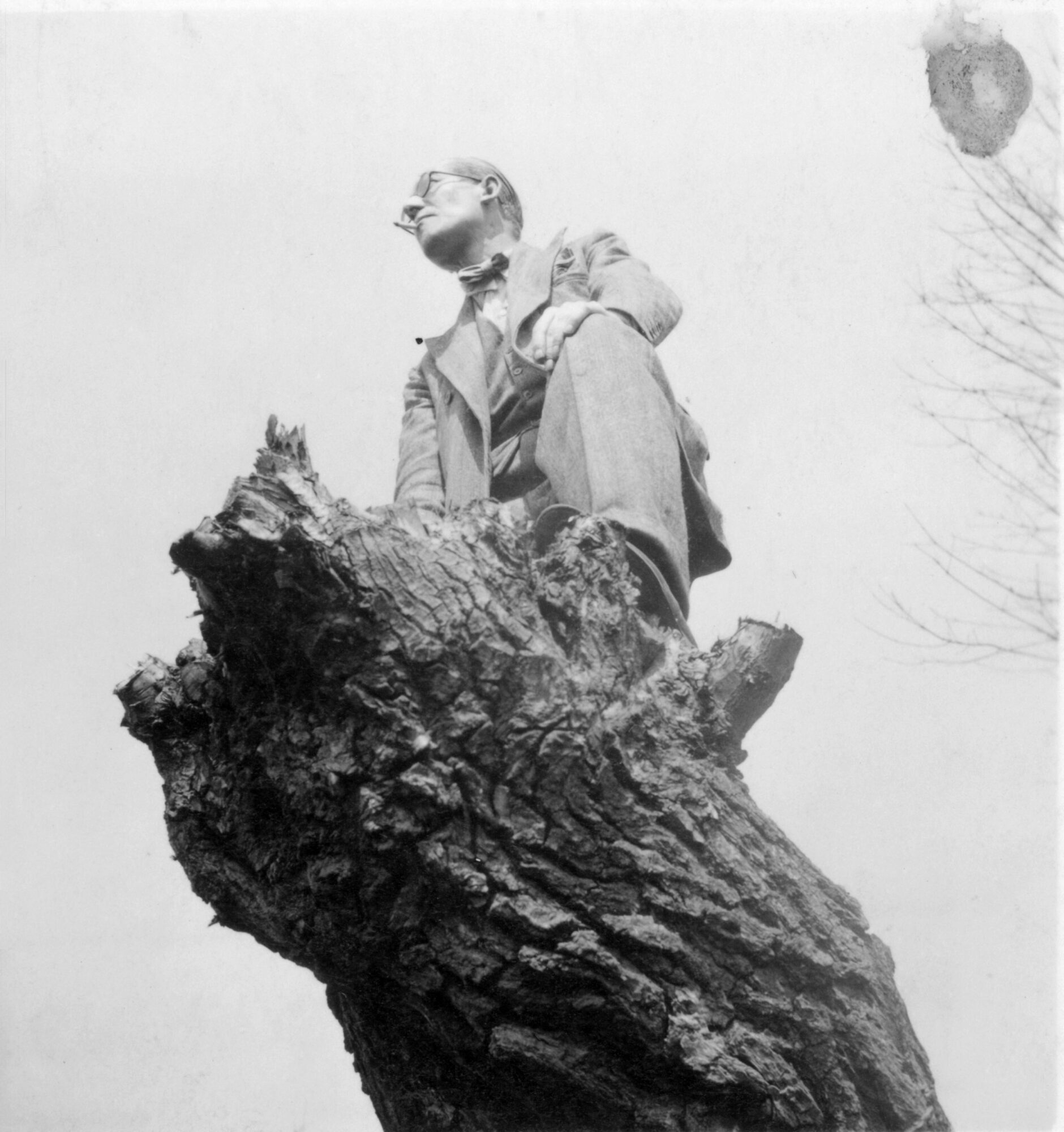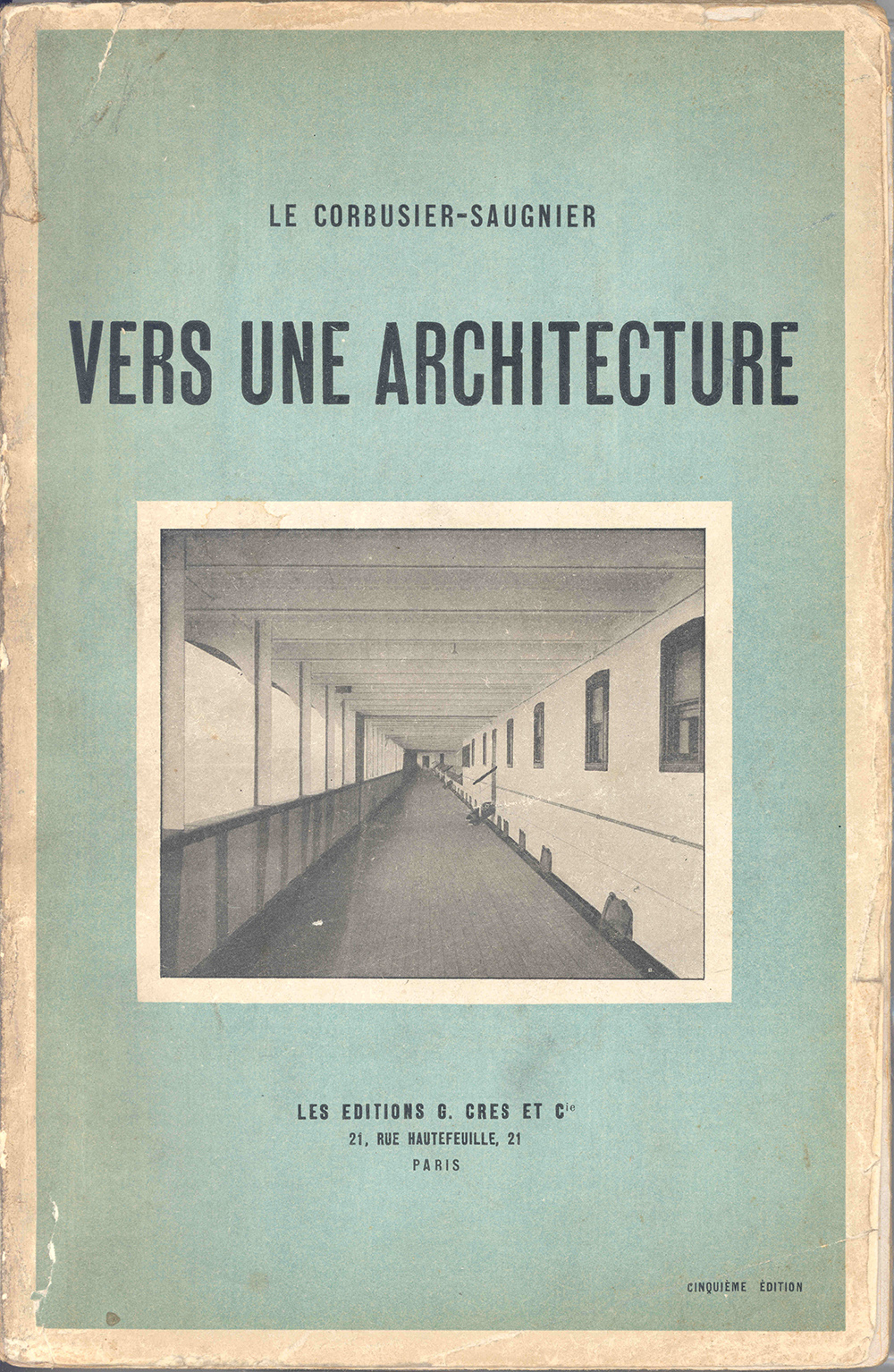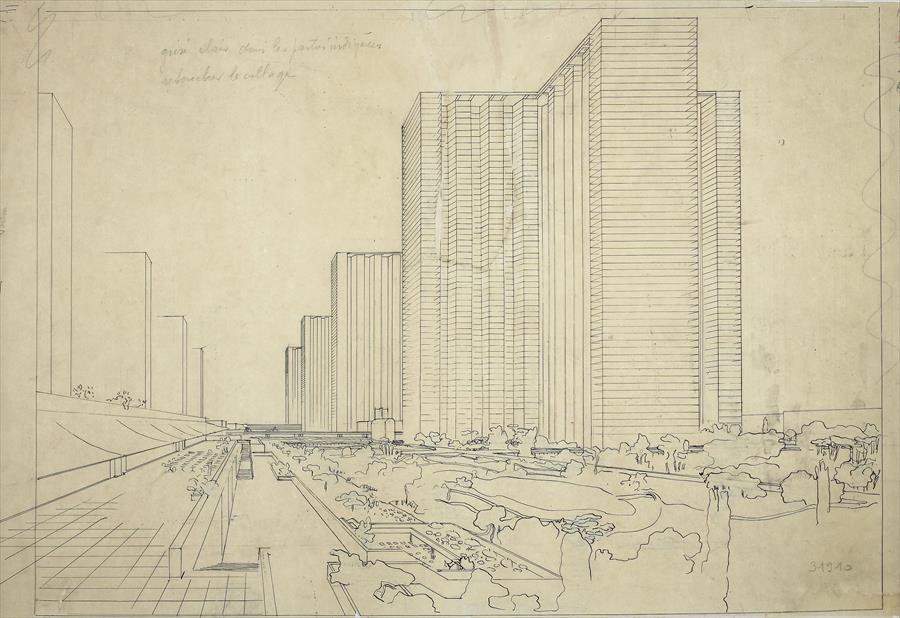
1923-1925: Becoming Le Corbusier
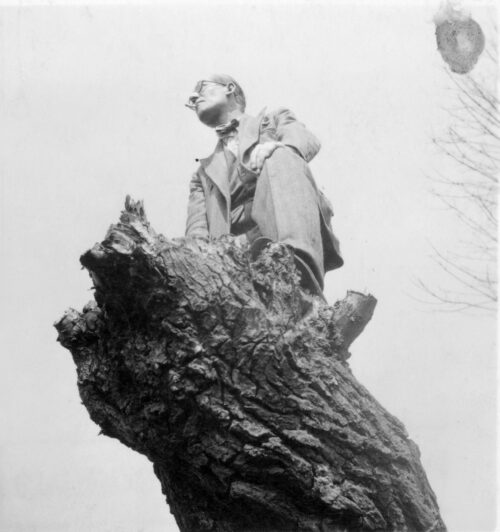
With the success of Vers une Architecture in 1923, his bohemian days were over. From then on, he understood that his life had to be rigorously organized to achieve the effectiveness of his message and the realization of major projects. He managed to divide his time between painting, architecture and writing. The whole is a whole. The purpose of painting is to inspire architecture, and architecture can inspire painting. Involvement in the industry offers a way of being able to do architecture.
Since September 18, 1924, he has been at the helm of his studio at 35 rue de Sèvres, where he develops his many literary and architectural projects. Boldly daring, he entered the field of communication with polemics that inflamed the mainstream press (the Plan Voisin, the contemporary city for three million inhabitants at the Salon d’Automne…). He develops his ideas in lecture series and occupies the Parisian architecture and visual arts scene. Polemics are part of his existence. It is part of the need to strike a chord with the public and impose his vision through skillfully nurtured adversity. His books and articles serve his own cause, that of defending and illustrating modern architecture. He is omnipresent, constantly attracting attention and generating debate.
Charles-Édouard Jeanneret became Le Corbusier.
“If, as a result of any circumstances, it should appear useful to Ch. E. Jt. to publish his name or pseudonym, the change will take place automatically. CHE et P. Jt to Le C. et P. Jt”.
1923
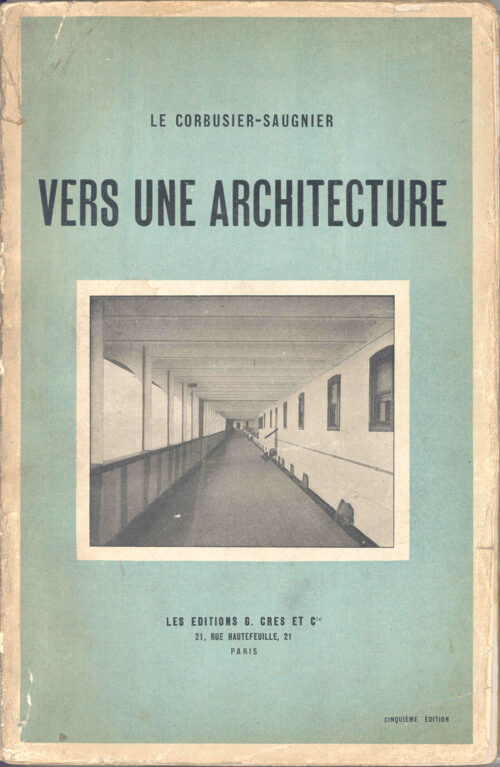
- Publication of Vers une architecture
- Construction of the Maisons La Roche and Jeanneret, for which he and his cousin Pierre designed furniture with tubular metal legs.
- Construction of Villa Le Lac and Maisons-ateliers Lipchitz-Miestchaninoff
- Le Corbusier exhibits at the Salon des Indépendants and Léonce Rosenberg’s L’Effort Moderne gallery.
1924
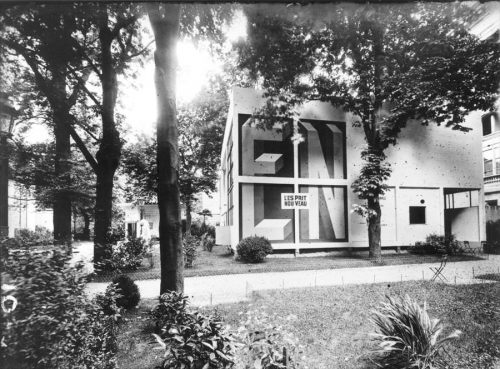
- Le Corbusier opened his studio at 35 rue de Sèvres, Paris, on September 18, in a former convent in the 6th arrondissement of Paris, which he had spotted in He remained there until his death.
- Construction of Cité Frugès, Maison Planeix and Pavillon de l’Esprit Nouveau
1925
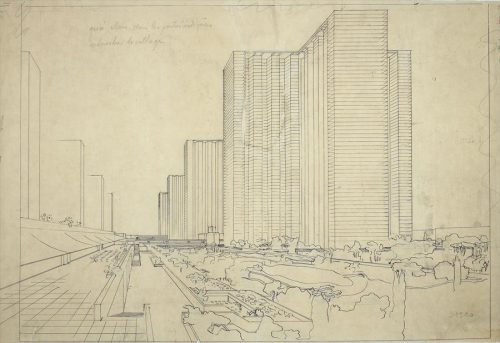
- Publication of L’Art décoratif d’aujourd’hui; La peinture moderne and Urbanisme
- Le Corbusier designs the Plan Voisin and the Villa Meyer
